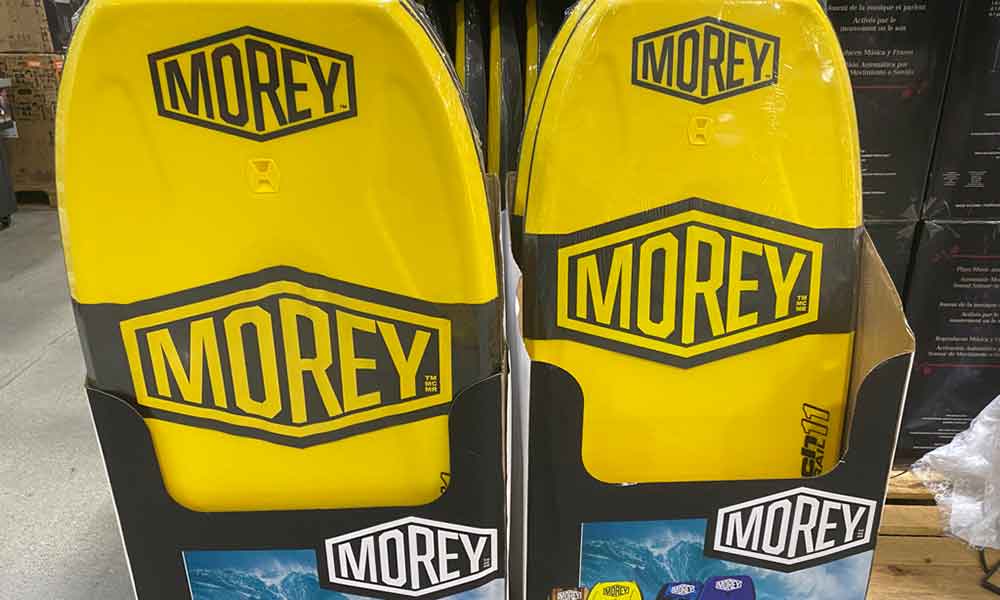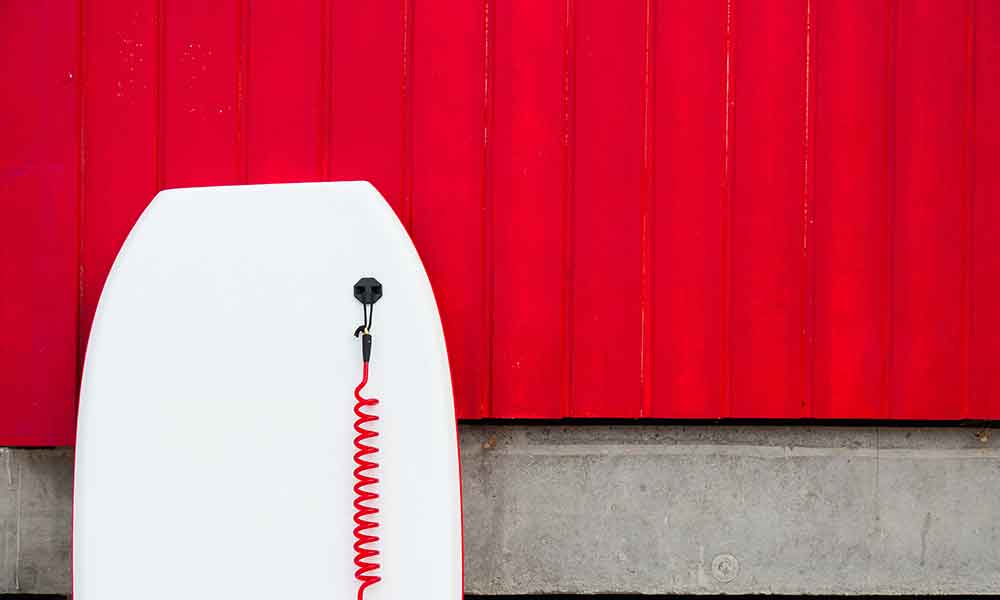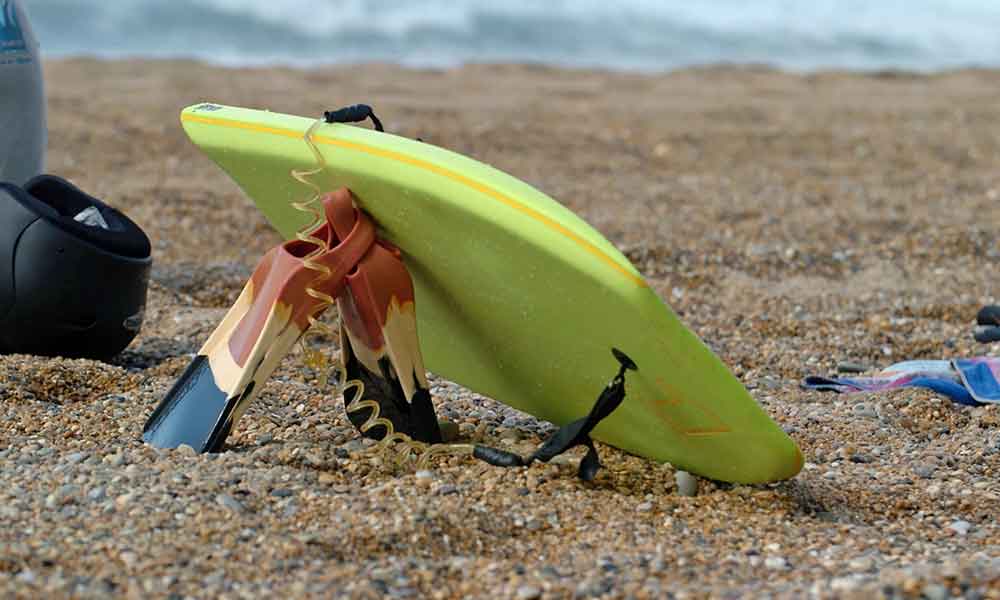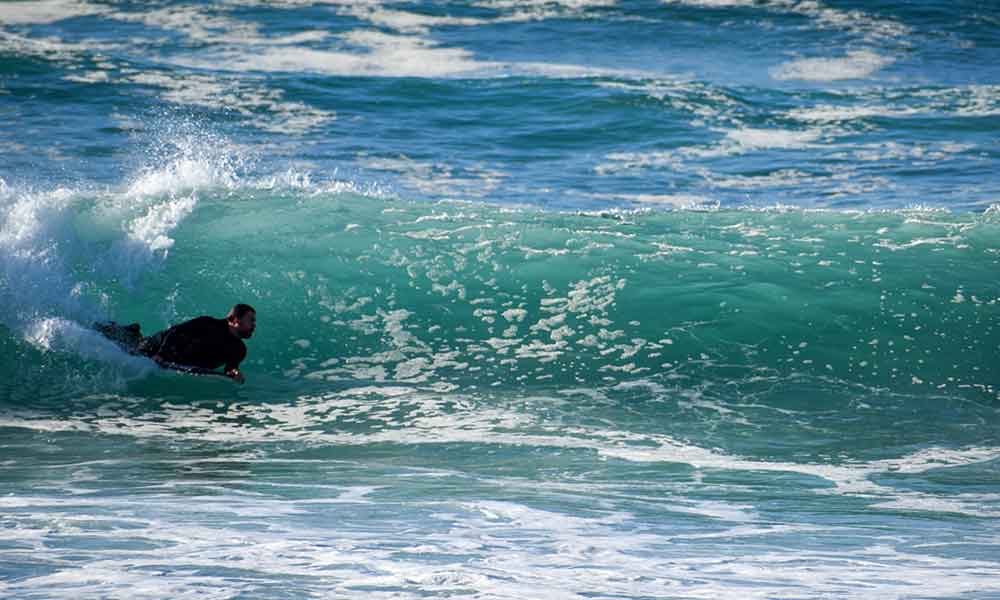Swim fins won’t last forever. The more you use them and the less you care for them, the shorter their lifespan will be.
Whether you’re scuba diving, swimming, or bodyboarding, those fins will wear out eventually and you’ll need to buy new ones.
However, there are some ways you can prolong their lifespan, including proper maintenance and repair.
What Damages Swim Fins?
There are a few things that can damage your swim fins.
The first is just simple wear and tear. Just like a pair of shoes, those swims will degrade the more that you use them. Eventually, they will stop fitting as well as they once did and you may notice small cracks in the fin blades.
These cracks will expand over time, eventually rendering your fins completely useless.
Taking the fins on and off every day plays a small role in this wear and tear, but the main issues are environmental. When you’re out there catching waves or swimming, you’re exposing your fins to harmful UV rays, salt water, dirt, and sand.
Swim blades can also crack and break following direct damage, such as when you kick against a rock.
If you’re not storing and cleaning them properly, you could hasten the deterioration by unnecessarily exposing them to sunshine, salt, and bacteria.
How to Prevent Swim Fin Damage
Treat your swim fins properly and you won’t need to buy a new pair every year or so.
Follow these steps to keep them in tip-top condition.
Buy Proper Fitting Fins
If your fins don’t fit as well as they should, they won’t last as long as they could.
If they’re too loose, they’ll come away when you’re surfing or swimming. Not only do you need to keep retrieving them, but you may lose one of them or they could become damaged.
If they’re too tight, you’ll need to force your feet into them and could weaken them over time.
A perfect fit will provide maximum comfort and control.
Wash Them With Fresh Water
From the chlorine in swimming pools to the salt in the ocean, there are many chemicals that can damage your swim fins.
The more they are exposed to these chemicals, the more the natural gum rubber will corrode, eventually cracking or splitting.
To prevent such issues, you should always wash your swim fins with fresh water after you’ve finished your swim or surf session.
Store Them Somewhere Cool and Dry
When your fins have been washed and dried, store them in a cool and dry place, such as a garage or basement shelf. Keep them out of direct sunlight and don’t put them next to any heat sources.
Keep Them Separated
Don’t place one fin over the other, as they could stick together. Refrain from squashing them against something or placing anything heavy on top of them, as this might stretch and contort the rubber.
How to Repair Damaged and Weathered Swim Fins
To repair cracks, splits, and semi-fatal gouges, you can use super glue or an ultra-flexible resin repair solution like Sponge-Rex from SOLAREZ.
This solution should work with most common types of swim fin.
Simply follow these steps:
- Find the cracks/splits in the fin blades
- Pull the rubber apart on either side of the crack
- Pour the resin/glue inside the crack
- Spread the glue/resin, being sure to cover all areas
- Wait for the solution to dry
- If needed, turn the rubber over and apply to the other side
- Squeeze the rubber back together
In 24-hours, you should have some fully repaired swim fins that are ready for your next swim or surfing session!
Of course, this method won’t always work. It’s best suited to smaller splits and cracks, but if the damage is too high, you’ll need to invest in a new pair.
Sponge Rez works very well, and you should keep some on hand at all times. But it can’t perform miracles, and that’s why it’s important to practice proper maintenance.
Summary: Looking After Your Swim Fins
Bodyboarding is a cheap sport. As long as you have a good board and a solid pair of swim fins, you’ll be good to go for years to come. But if you don’t look after your equipment, it will get very expensive very quickly.
So, keep the above tips in mind, always try to fix before you consider replacing, and those swim fins will last for a good 5 years or so.







